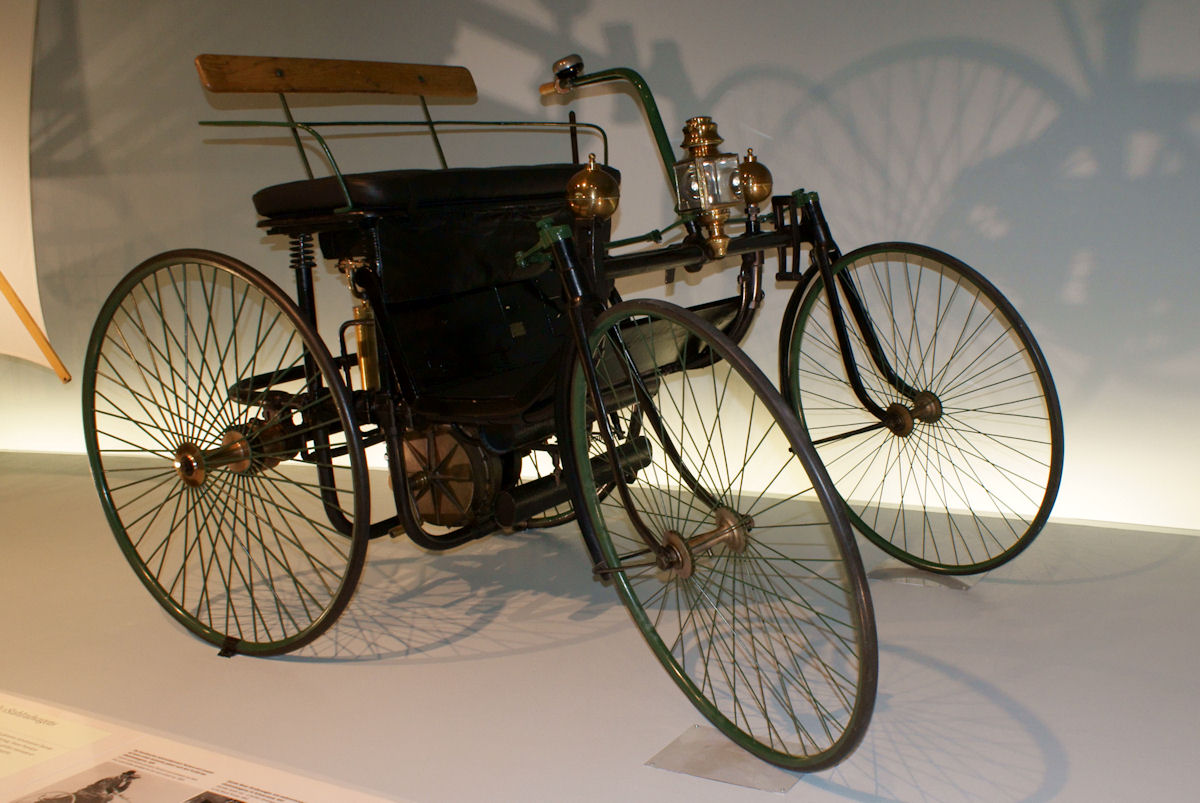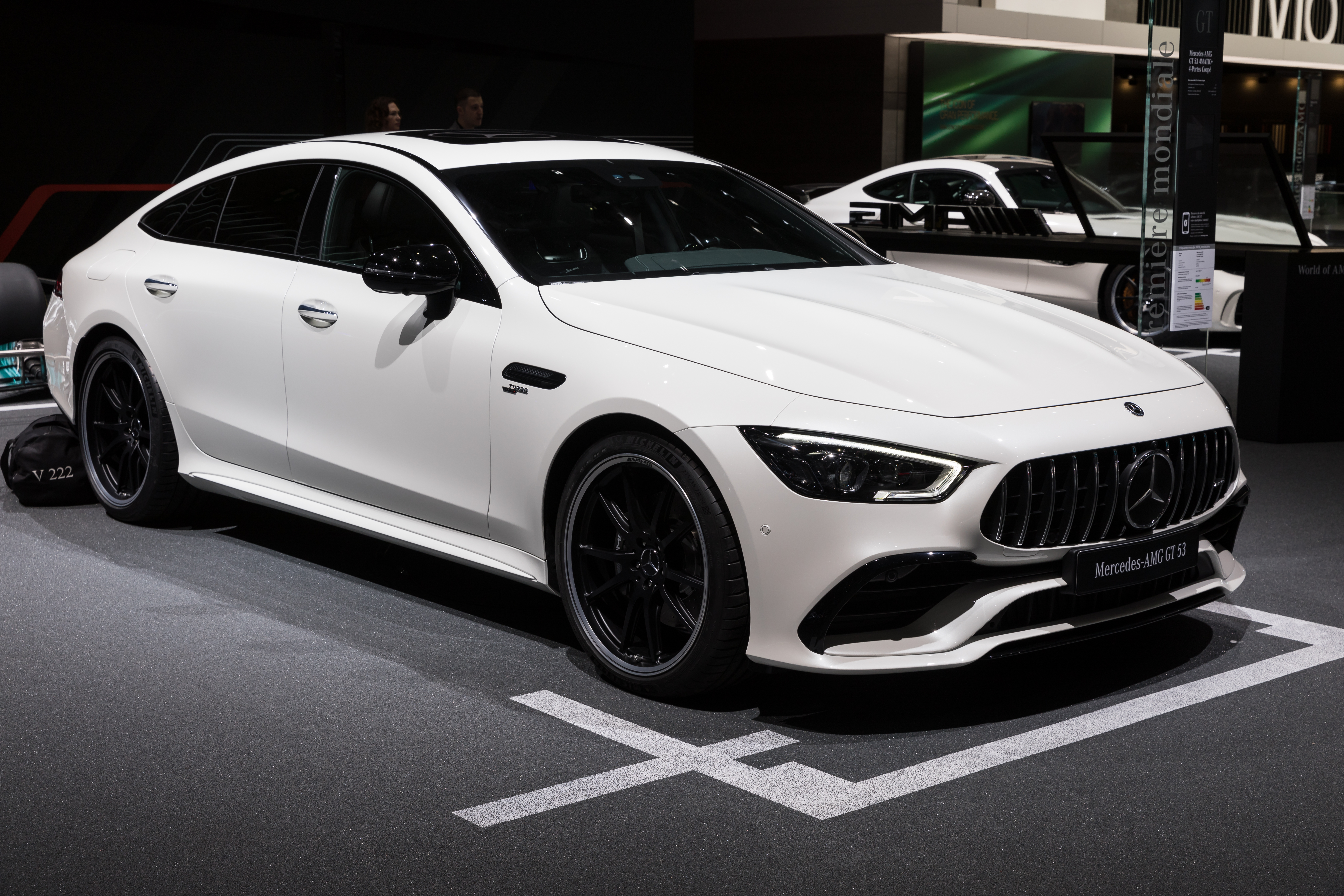From First Combustion Engines to Luxury Icons: The Evolution of Mercedes-Benz

Delving into the storied past of Mercedes-Benz, we find ourselves tracing back to the roots of automotive innovation, driven by visionaries like Karl Benz and Gottlieb Daimler. The company’s origins are intertwined with the invention of the first automobile, the Benz Patent Motorwagen, hailed as the first car powered by an internal combustion engine. This groundbreaking innovation, financed by Bertha Benz’s dowry, marked the dawn of a new era in transportation.

The turn of the 20th century saw the emergence of the Mercedes name, credited to Emil Jellinek, an Austrian entrepreneur deeply involved with Daimler-Motoren-Gesellschaft (DMG). Naming the 1901 Mercedes 35 hp after his daughter Mercedes Jellinek, he introduced the brand to the elite society, capturing the fascination of the aristocracy in Europe and America. Jellinek’s strategic marketing prowess played a pivotal role in establishing Mercedes as a symbol of luxury and performance, appealing to high-profile clients like the Rothschilds, Rockefellers, and Astors.

1. **Karl Benz and the Benz Patent Motorwagen**: The journey of Mercedes-Benz began with Karl Benz’s creation of the Benz Patent Motorwagen in 1886, an invention that permanently altered the landscape of personal transport. Supported by his wife Bertha’s dowry, this vehicle was the first to feature an internal combustion engine, pioneering the concept of the modern automobile.

2. **Gottlieb Daimler and the Daimler-Motoren-Gesellschaft**: Almost simultaneously, Gottlieb Daimler, along with Wilhelm Maybach, was working on transforming a stagecoach into a motor vehicle by adding a petrol engine. This parallel development laid the groundwork for DMG, which would later join forces with Benz’s enterprise.

3. **Emil Jellinek’s Influence on Branding**: The brand name ‘Mercedes’ was adopted after Emil Jellinek, an influential Austrian businessman, began marketing the Daimler vehicles. He famously named the cars after his daughter, Mercedes Jellinek, and was instrumental in promoting them among the European elite, effectively launching Mercedes as a premium automotive marque.

4. **The Merger of Karl Benz and Gottlieb Daimler**: In 1926, the automotive landscape witnessed a significant transformation when Daimler-Motoren-Gesellschaft and Benz & Cie merged to form Daimler-Benz. This merger marked the birth of the Mercedes-Benz brand as we know it today, combining innovation, luxury, and performance.

5. **The Rise of Mercedes-Benz in the 1930s**: During the 1930s, Mercedes-Benz produced iconic models like the 770, which gained notoriety during Germany’s Nazi period. These vehicles featured revolutionary designs and were often associated with high-profile political figures of the time, further cementing Mercedes’ reputation for excellence.

6. **World War II and the Shift to Military Production**: The outbreak of World War II saw Mercedes-Benz pivot its focus towards military production, including trucks and aircraft engines. The company’s involvement in war efforts included the use of forced labor, a dark chapter in its history that led to reparations post-war.

7. **Post-War Recovery and Innovation**: After the war, Mercedes-Benz faced the challenge of reconstruction and reinvention. This era saw the introduction of several safety and technological innovations, which would later become industry standards, reaffirming the brand’s commitment to quality and innovation.

8. **Global Expansion and Market Leadership**: By the 1950s, Mercedes-Benz had established itself as a leader in luxury vehicles, expanding its market reach to the United States and beyond. The partnership with Studebaker in 1958 facilitated this expansion, converting American dealerships to Mercedes-Benz outlets and introducing the brand to a new audience.

9. **The Launch of Iconic Models**: Throughout its history, Mercedes-Benz has launched numerous iconic models that have set benchmarks in the automotive industry. From the gullwing-doored 300SL to the luxurious S-Class, each model reflects a blend of cutting-edge technology and timeless design.

10. **Engineering Excellence and Technological Innovations**: At the heart of Mercedes-Benz’s modern success is its relentless pursuit of engineering excellence and technological innovation. From pioneering ABS brakes to the development of advanced safety systems like PRE-SAFE®, Mercedes-Benz has set industry standards. The brand’s commitment to innovation is unwavering, consistently integrating cutting-edge technology into their vehicles, ensuring they not only meet but exceed customers’ expectations.

11. **Embracing Sustainability with EQ**: As the world shifts towards sustainable mobility, Mercedes-Benz has been at the forefront with its EQ lineup. The EQ series, including models like the EQC and EQA, represents the brand’s commitment to creating electric vehicles that offer luxury without compromising on performance. By investing heavily in electric battery technology and renewable energy sources, Mercedes-Benz aims to lead the charge toward a zero-emission future.

12. **The AMG Performance Division**: Known for its high-performance output and luxurious design, the AMG division of Mercedes-Benz has become synonymous with speed and power. Each AMG vehicle is crafted with precision, featuring hand-built engines that deliver exhilarating experiences on the road. The division continues to innovate with models like the AMG GT 63 S, blending performance with sophistication seamlessly.

13. **Mercedes-Maybach: The Pinnacle of Luxury**: For those seeking the ultimate in luxury, Mercedes-Maybach offers an unparalleled experience. These vehicles are the epitome of opulence, offering bespoke customization options and ultra-luxurious interiors. The Maybach line caters to the most discerning clients, combining the traditional elegance of Mercedes with cutting-edge innovation and comfort.

14. **Global Manufacturing and Assembly**: Mercedes-Benz’s global expansion has been supported by a vast manufacturing and assembly network spread across several continents. With factories in countries like the USA, Brazil, and China, Mercedes-Benz ensures local relevance while maintaining its hallmark quality. This global presence not only helps in meeting diverse market demands but also strengthens the brand’s image worldwide.

15. **Safety: A Core Commitment**: Safety has always been a cornerstone of Mercedes-Benz’s ethos. The brand has pioneered numerous safety features that have become standard in the industry. Innovations such as the crumple zone and the airbag originated with Mercedes-Benz, and the brand continues to innovate in this domain to keep passengers and pedestrians safe.

16. **Digitalization and Connectivity**: In an era where digitalization is key, Mercedes-Benz leads with its MBUX (Mercedes-Benz User Experience) infotainment system. This state-of-the-art system offers an intuitive and personalized in-car experience, integrating the latest in connectivity and AI technology to provide seamless interaction between the driver and vehicle.

17. **Commitment to Quality and Craftsmanship**: Mercedes-Benz’s unwavering commitment to quality and craftsmanship is what sets it apart as a luxury brand. Each vehicle undergoes rigorous testing and quality control processes to ensure it meets the highest standards. The combination of meticulous attention to detail and the use of premium materials ensures that every Mercedes-Benz car delivers an exceptional driving experience.

As we close this journey through the modern marvels and global outreach of Mercedes-Benz, it’s clear that the brand’s dedication to luxury, performance, and innovation remains as strong as ever. With a vision that seamlessly combines tradition with forward-thinking strategies, Mercedes-Benz continues to set the standard in the global automotive industry.
Related posts:
Wikipedia
With its Factory 56, Mercedes-Benz is presenting the future of production | Mercedes-Benz Group
Mercedes-Benz Assembly Line Production
Discover more from Auto Travel World
Subscribe to get the latest posts sent to your email.












